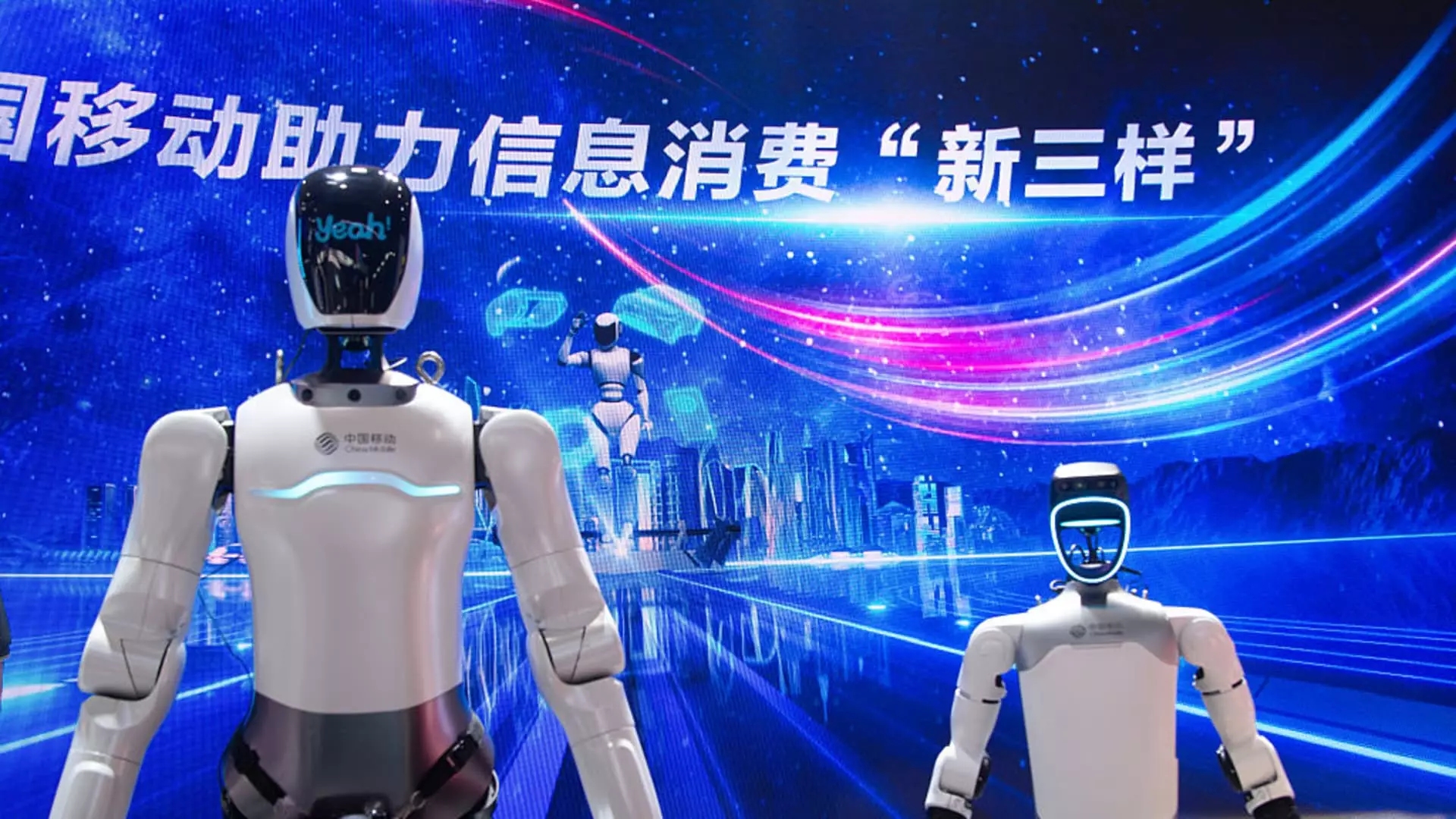The rapid development of humanoid robotics is not just a fleeting trend; it represents a significant shift in the future landscape of mobility. Automakers have always been at the forefront of innovation, but the integration of robotics into the auto supply chain signifies a transformative opportunity for parts suppliers. Financial analysts, particularly those at Morgan Stanley, predict a monumental growth wave for these suppliers, similar to the surge in demand that accompanied the electric vehicle revolution. This burgeoning sector is anticipated to reshape the auto industry’s supply chain and create new revenue streams that previously appeared unattainable.
A Competitive Landscape
The competition within the auto parts industry is about to become fiercer as major players begin pivoting towards the humanoid sector. Companies that had primarily focused on traditional automotive components are now scrambling to get involved in this rapidly evolving niche. Analysts speculate that the parts and materials associated with humanoid robots will account for an astonishing 60% of production costs, opening the gates for auto suppliers to achieve unprecedented margins.
The report from Morgan Stanley suggests that companies like Sanhua, which is on the verge of a stock market listing, stand to gain significantly from this pivot. The implications are profound for auto suppliers who adapt quickly to these changes. They must not only reinvent their offerings but also remain agile in an environment that could redefine what “mobility” means.
Market Projections and Opportunities
The potential market for humanoid robotics is staggering, with projections indicating a valuation of $800 billion in China alone by 2050. This immense economic opportunity extends globally, estimated at a whopping $5 trillion worldwide. Unsurprisingly, this burgeoning sector has caught the attention of automakers such as Tesla and Xpeng, who are pioneering the development of humanoids. As car manufacturers invest in robotics, the supply chain will inevitably shift, benefiting those vendors who can provide components like actuators or joints—essentially the ‘muscles’ behind humanoid movement.
Morgan Stanley’s estimate that auto parts suppliers could capture anywhere from 47% to 60% of the spending on humanoid parts offers a captivating glimpse into the future. However, this will not come without challenges. Suppliers must navigate complex geopolitical landscapes and industry resistance, particularly in the context of U.S.-China relations. The question remains: Do these suppliers have what it takes to evolve alongside these technological advancements?
Why Tier-1 Suppliers Hold the Key to Success
Tier-1 suppliers, such as Sanhua and Tuopu, are uniquely positioned to lead this new frontier. Morgan Stanley highlights their ability to secure assembly orders regardless of the specific technology path taken, which affords them a competitive edge over other component-makers. Their expertise in actuators, which are critical for both cars and humanoids, places them in a prime position to capitalize on this growth.
Analysts believe that the increasing demand for humanoid actuators and advanced robotic components can lead to revenue upside for these companies. The significance of actuators cannot be understated—their role in humanoid robotics is akin to that of joints in the human body. This correlation suggests that as demand for humanoids increases, so too will the price of their components, creating a profitable landscape for astute investors.
The Blind Spot: Challenges Ahead
Though the prospects for auto parts suppliers involved in the humanoid market are indeed bright, potential pitfalls loom. The transition from traditional auto parts to humanoid components is fraught with uncertainty. Suppliers may find themselves ill-equipped to pivot rapidly when market demand shifts. The very nature of robotics requires a new technological skill set that not all companies possess.
Moreover, U.S.-China tensions could have a drastic effect on the market. While Chinese suppliers may enjoy cost advantages, broader geopolitical factors could force manufacturers to seek alternatives, potentially raising costs. Thus, while opportunities abound, they come with the necessity of strategic foresight and innovation.
The Future Is Fluid
The humanoid robotics market is at a crossroads, and the decisions that auto parts suppliers make today will determine their viability in the coming decades. The opportunity is enormous, but so too are the risks involved in this swiftly changing industry. As suppliers weigh their options and begin to pivot towards this new market, they must keep an eye on emerging technologies and geopolitical landscapes to ensure that they lead rather than follow in this innovative journey.

